Vellum Venom Vignette: Center Gauge Cluster-****?

Seth writes:
Hey Sajeev,
I’ve always had an aversion to dashboards where the main gauges are in the center of the car (Mini, Yaris, etc.). I can see why an automaker would do it if they sell internationally. Once, back when I used to listen to the Autoblog podcast, one of the hosts said that having the gauges in the center made them faster and easier to read. No way! That just can’t be so. I think I stopped listening to the podcast right then and there.
Would you care to comment?
Sajeev answers:
Would I care to comment? Asking an auto journo for an opinion about car design is akin to feeding a bear honey via pouring some on your hand.
Luckily TTAC readers care about my CCS design school experience, so let’s do it…to it.
No.
I do not like center mounted gauges for the vast majority of interiors, even the smaller confines of niche/boutique products like the Panoz Esperante. Ergonomics and human factors demand gauges that share the steering wheel’s center line, at least for the primary gauges such as the speedometer and tachometer. For most cars and most eyeballs, you can quickly dip your eyes lower to catch the gauge readouts with several layers of your peripheral vision.
For you armchair analytic gurus, please consult your eye care professional and this Wikipedia page about peripheral vision applications, but the graphic above laid over the central/paracentral at the horizon line (hat tip – psarhjinian) should show what’s the best place for both primary and secondary gauges.
Secondary gauges like oil pressure, volt meter, fuel level and maybe even engine temperature can go in the center, or preferably to one side (or both) of primary gauges.
So classy! Which begs the question, does this matter in today’s high-tech environment?
Yes and no. Definitely yes regarding the MINI Paceman’s idiotic center speedometer around the circumference of the multi-function screen. (EDIT: there’s a speedo in a screen within the tach) Mercifully, the “normal” MINI has a big ass speedo adjacent to a smaller tach.
We are bombarded by information thanks to in-car connectivity. The dash’s center is a fantastic place for non-essential information: smartphone interface, HVAC, audio, navigation, and even the aforementioned secondary gauges.
In a perfect world where design constraints (cost, durability, etc.) are non-existent, a dashboard with smartphone-type crap in the center, a basic set of gauges and a multi-functional screen (for navigation, audio, etc.) inside the circumference of the steering wheel, and a heads-up display shooting your speed — and little else — onto the dashboard shall be perfect.
Put that in your often rambling and sometimes pointless auto journo podcast and smoke it. And I know these things are dumb, as I even tried it once. We all have regrets in our lives!
Off to you, Best and Brightest.
[Image: Shutterstock user Kurt Achatz]
Send your queries to sajeev@thetruthaboutcars.com. Spare no details and ask for a speedy resolution if you’re in a hurry…but be realistic, and use your make/model specific forums instead of TTAC for more timely advice.

More by Sajeev Mehta
Latest Car Reviews
Read moreLatest Product Reviews
Read moreRecent Comments
- Lorenzo This car would have sold better if there was a kit to put fiberglass toast slices on the roof.
- Lorenzo The Malibu is close to what the 1955 Bel Air was, but 6 inches shorter in height, and 3 inches shorter in wheelbase, the former making it much more difficult to get into or out of. Grandma has to sit in front (groan) and she'll still have trouble getting in and out.The '55s had long options lists, but didn't include a 91 cubic inch four with a turbo, or a continuously variable transmission. Metal and decent fabric were replaced by cheap plastic too. The 1955 price was $1765 base, or $20,600 adjusted for inflation, but could be optioned up to $3,000 +/-, or $36,000, so in the same ballpark.The fuel economy, handling, and reliability are improved, but that's about it. Other than the fact that it means one fewer sedan available, there's no reason to be sorry it's being discontinued. Put the 1955 body on it and it'll sell like hotcakes, though.
- Calrson Fan We are already seeing multiple manufacturers steering away from EVs to Hybrids & PHEVs. Suspect the market will follow. Battery tech isn't anywhere close to where it needs to be for EV's to replace ICE's. Neither is the electrical grid or charging infrastructure. PHEV's still have the drawback that if you can't charge at home your not a potential customer. I've heard stories of people with Volts that never charge them but that's a unique kind of stupidity. If you can't or don't want to charge your PHEV then just get a hybrid.
- AZFelix The last time I missed the Malibu was when one swerved into my lane and I had to brake hard to avoid a collision. 1 out of 5⭐️. Do not recommend.
- 2ACL I won't miss it; it was decent at launch, but in addition to the bad packaging, GM did little to keep it relevant in the segment. I'd prefer that another domestic automaker doesn't just give up on the mainstream sedan, but unlike some of Ford's swan songs, the Malibu made an indifferent case for why they should live.

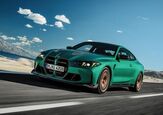














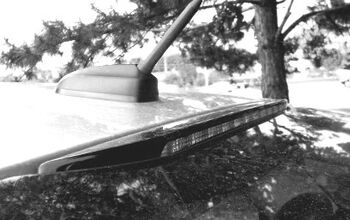
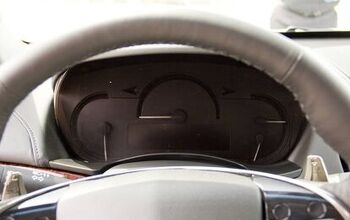
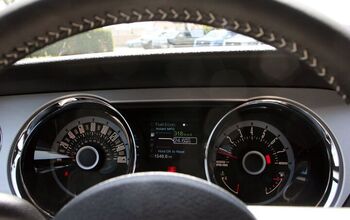
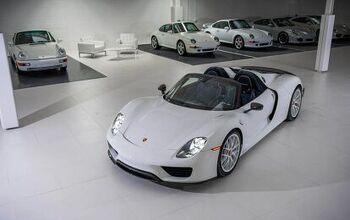
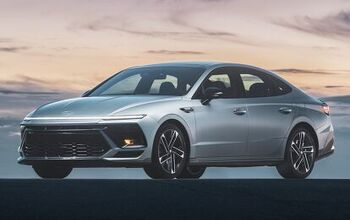

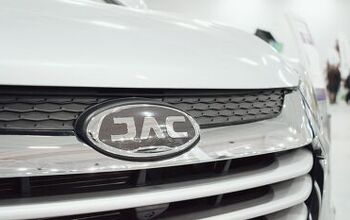
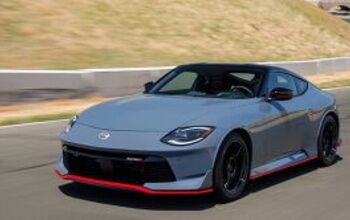
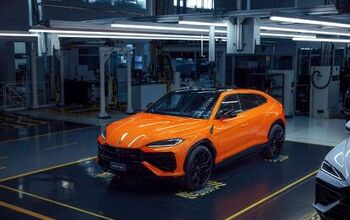
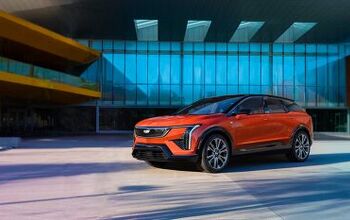

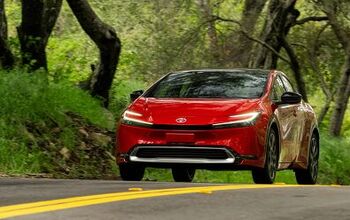
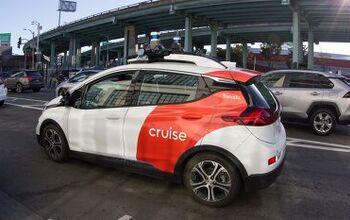

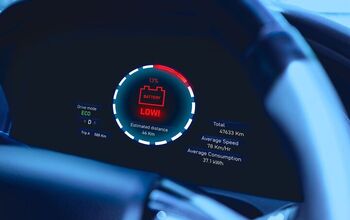


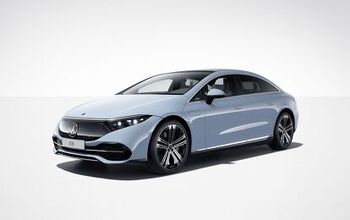
Comments
Join the conversation
I think it's a pre-92 Cutlass Supreme. By 92 it would've had the six-button steering wheel, methinks.
I never knew that the '76 Vette had a steering wheel from a Vega! What grinds me even more, for some reason, is all of the goofy shapes into which the review mirrors are contorted on some cars, that MINI exhibit "A," but also Porsche and a host of others; I don't want a mirror "smiling" at me, and most of them designed this way are too small to see anything of note, which isn't a good thing considering most cars have the outward visibility today of a bunker! The mirrors in the larger Benzes or the "standard" self-dimmer, a nice beefy piece of plastic that won't loosen after 2,000 miles, is perfect!